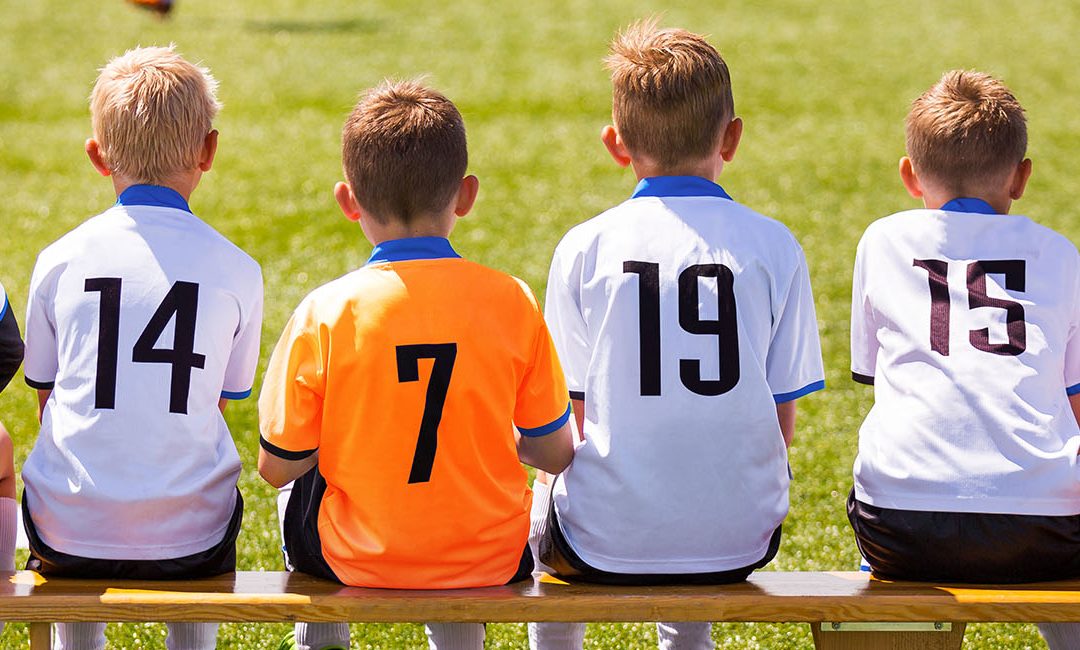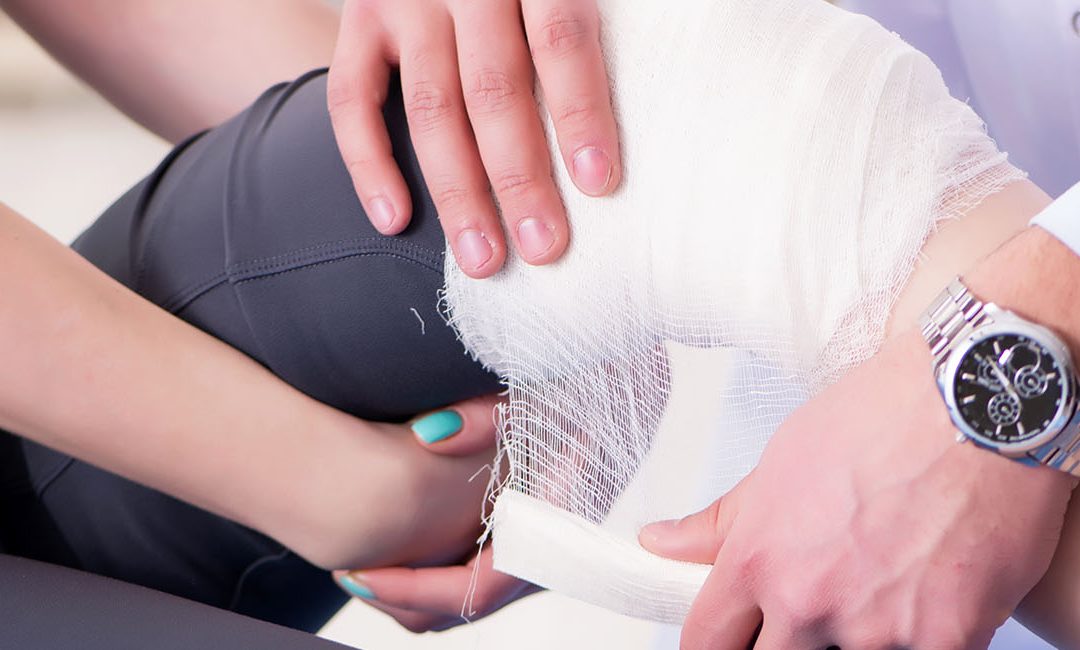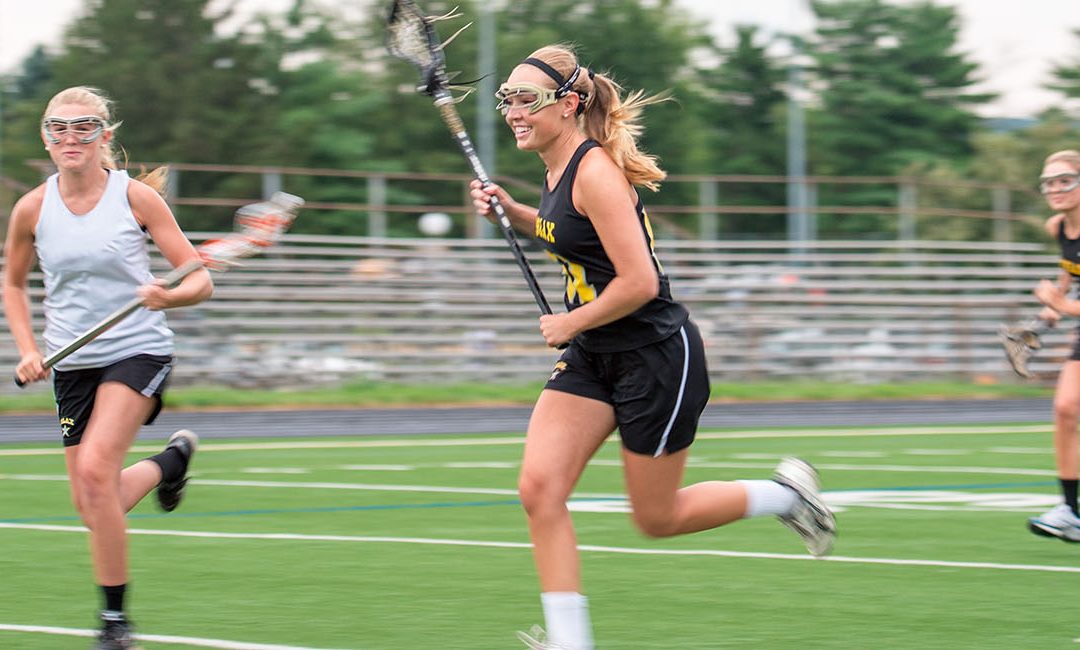Welcome To Our Blog

Growth Plate Fractures
The growth plate is a mass of cartilage tissue that is found around the edges of the long bones such as the femur, ulna, and the radius. Each of these bones has at least two growth plates at their ends and the bone development occurs around these plates. The growth plate tends to harden or ossify at the end of the growth cycle of the child once the bones have attained their full length. These are weak soft tissue structures that can break with slight external pressure or overuse. It is estimated that about 30% of the fractures reported during childhood or in young adults,...

Orthopedic Treatment For Baker’s Cyst
A fluid-filled cyst or small sac that forms behind the knee joint is referred to as the Baker’s Cyst. It is also named as Popliteal Cyst. This condition occurs when the joint functioning is hampered due to an internal cause such as damage to the soft tissue structures, Arthritis etc. Such conditions provoke excessive synovial fluid development within the joint which tends to get stored in a soft tissue sac resulting in the formation of a cyst. In normal conditions, the synovial fluid helps to reduce friction between the constituent bones and makes it feasible for us to flex,...

Congenital Vertical Talus
Vertical Talus is a foot deformity that occurs at the time of birth. It is a rare condition that affects the talus, a small bone that is placed between the lower leg bones (fibula and tibia) and the calcaneus (heel bone) to form the ankle joint. This bone acts an important node between the foot and the leg that enables transfer of body weight on to the foot while walking and other physical activities. Congenital Vertical Talus disrupts the formation of the talus bone which in turn displaces the other two bones of the lower leg that then shift on top of the talus. Either one or...

Wrist Dislocation
The wrist joint connects the two bones of the forearm (ulnar and radius) to the smaller bones of the hand. There are eight carpal bones in the hand which are held together and connected to the other bones by ligaments. The eight carpal bones that form the wrist joint are named as the Capitate, Trapezoid, Hamate, Pisiform, Trapezium, Lunate, Scaphoid and Triquetrum. Displacement of any of these bones may result in Wrist Dislocation. The condition may also be accompanied by ligament and nerve damage. Causes Fall on an outstretched hand Sports injuries Vehicular accidents...

